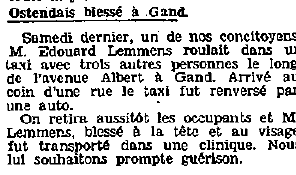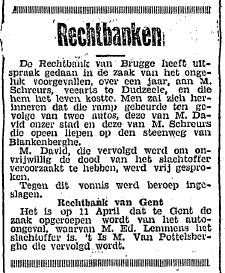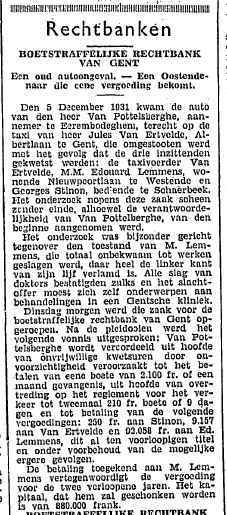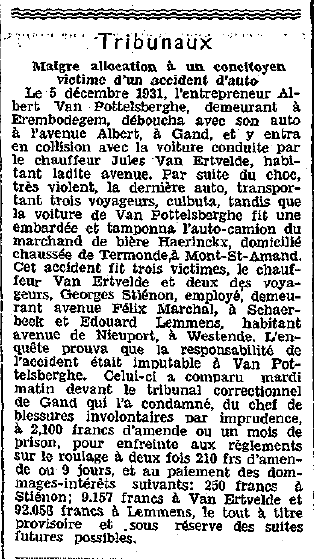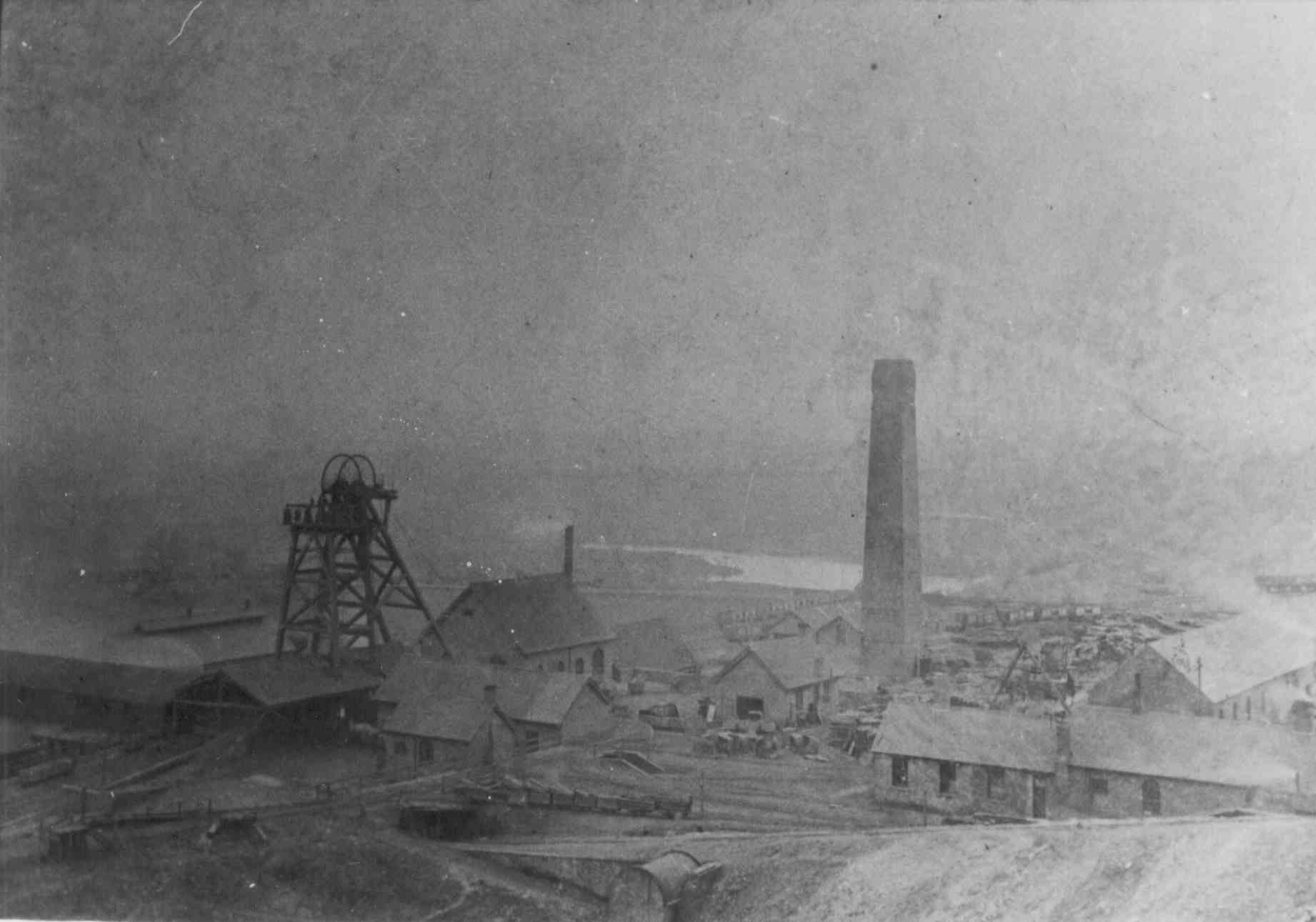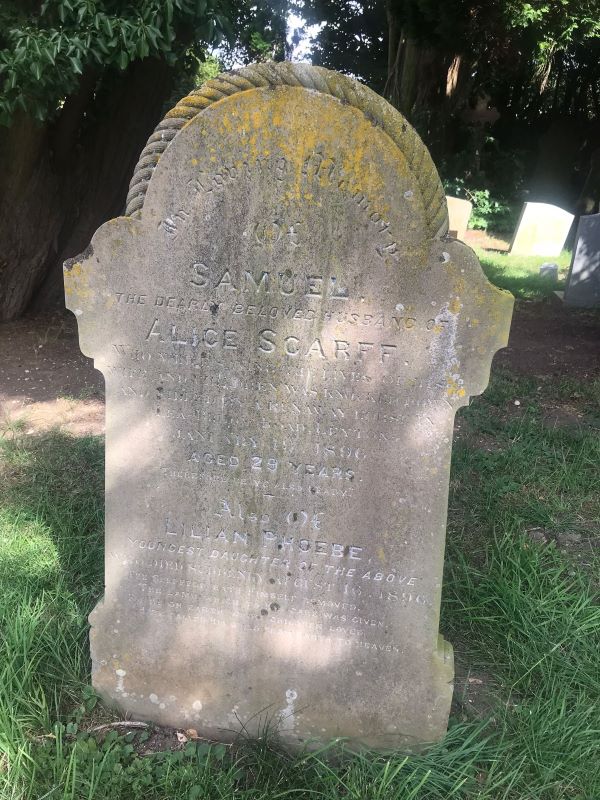
Under the shade of trees in a rural Suffolk churchyard of Combs, there stands a gravestone with an intriguing epitaph.
In Loving Memory
Of
SAMUEL The dearly beloved husband of
ALICE SCARFF
Who while saving the lives of his
wife and children was knocked down
and killed by a runaway horse in
Lea-Bridge Road, Leyton.
JANUARY 19, 1896.
AGED 29 YEARS.
“Therefore be ye also ready.”
Also Of
LILIAN PHOEBE
Youngest daughter of the above
WHO DIED SUDDENLY AUGUST 16, 1896.
The shepherd hath himself removed,
The lamb to which His care was given,
For He on earth whom children loved,
Hath called His child from earth to heaven.
Samuel Scarff was born in Combs to woodcarter John Scarff and Elizabeth Grimwood. By 1891, he had moved to London and was working as a carman in Marylebone. His future bride, Alice Horne, was also from Combs and working as a general servant in nearby Blenheim Road at the time.
In 1894, Samuel and Alice married at Walthamstow, Essex and two daughters, Sissie and Lilian, quickly followed. Unfortunately, tragedy would strike this young family on a winter’s day in 1896.

SHOCKING FATAL ACCIDENT. -A MAN KILLED BY A RUNAWAY HORSE. -A shocking accident occurred on Sunday afternoon, Jan. 19. in Chesnut Walk, Walthamstow. Samuel Scarff, aged 28, in the employment of Spiers and Pond, and living in Boundary Road, Walthamstow, was walking towards the Forest on the broad footway, accompanied by his wife and by their two little children in a basinette. A horse attached to a hooded buggy, driven by Joseph Lyon, of Lower Clapton, who was accompanied by Samuel Pearce, of Forest Gate, and John McDougall, of Leytonstone, bolted at Whipps Cross and galloped down Chesnut Walk at a terrific rate, the young men being unable to control it. At an opening in the row of trees opposite the residence of Mr. Helme the horse turned on to the footpath, and continued its mad career. Scarff managed to get his wife and children clear, but he was himself knocked down with terrible violence, and was conveyed in an unconscious state to the Walthamstow Hospital. His injuries were very severe, and he died the same evening the presence of his wife, who was distracted with grief. The runaway horse eventually came to a standstill through crashing into a fence. The three occupants were thrown out, but were not injured.
Essex Standard, 25 January 1896, p7 c4
An inquest was held which ultimately returned a verdict of ‘Accidental Death’ and deep sympathy was expressed towards his young widow Alice.
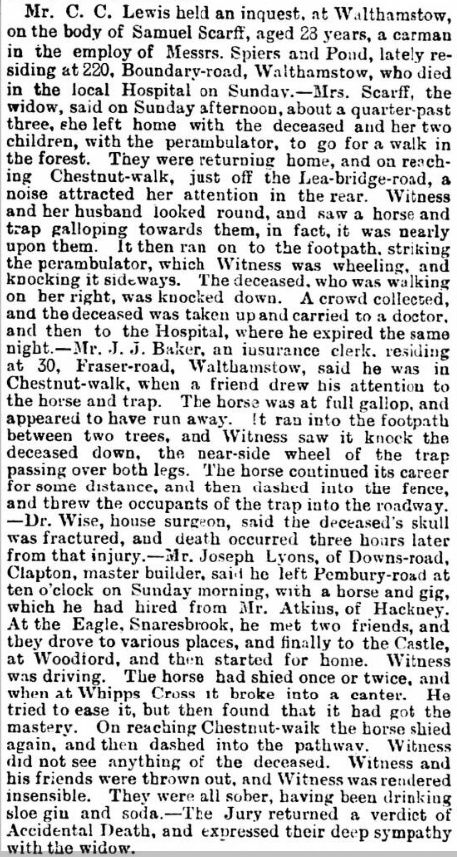
Mr. C. C. Lewis held an inquest, at Walthamstow, on the body of Samuel Scarff, aged 28 years, a carman in the employ of Messrs. Spiers and Pond, lately residing at 220, Boundary-road, Walthamstow, who died in the local Hospital on Sunday. -Mrs. Scarff, the widow, said on Sunday afternoon, about a quarter-past three, she left home with the deceased and her two children, with the perambulator, to go for a walk in the forest. They were returning home, and on reaching Chestnut-walk, just off the Lea-bridge-road, a noise attracted her attention in the rear. Witness and her husband looked round, and saw a horse and trap galloping towards them, in fact, it was nearly upon them. It then ran on to the footpath, striking the perambulator, which Witness was wheeling, and knocking it sideways. The deceased, who was walking on her right, was knocked down. A crowd collected and the deceased was taken up and carried to a doctor, and then to the Hospital, where he expired the same night. -Mr. J. J. Baker, an insurance clerk, residing at 30, Fraser-road, Walthamstow, said he was in Chestnut-walk, when a friend drew his attention to the horse and trap. The horse was at full gallop, and appeared to have run away. It ran into the footpath between two trees, and Witness saw it knock the deceased down, the near-side wheel of the trap passing over both legs. The horse continued its career for some distance, and then dashed into the fence, and threw the occupants of the trap into the roadway. -Dr. Wise, house surgeon, said the deceased’s skull was fractured, and death occurred three hours later from that injury. -Mr. Joseph Lyons, of Downs-road, Clapton, master builder, said he left Pembury-road at ten o’clock on Sunday morning, with a horse and gig, which he had hired from Mr. Atkins, of Hackney. At the Eagle, Snaresbrook, he met two friends, and they drove to various places, and finally to the Castle at Woodford, and then started for home. Witness was driving. The horse had shied once or twice, and when at Whipps Cross it broke into a canter. He tried to ease it, but then found that it had got the mastery. On reaching Chestnut-walk the horse shied again, and then dashed into the pathway. Witness did not see anything of the deceased. Witness and his friends were thrown out, and Witness was rendered insensible. They were all sober having been drinking sloe gin and soda. -The Jury returned a verdict of Accidental Death, and expressed their deep sympathy with the widow. London Evening Standard, 23 January 1896, p7, c5
It was heartening to discover that shortly after the accident, a committee was formed to raise funds to assist Alice and her children. Samuel’s employers and colleagues at Spiers & Pond, had also contributed and in February, Alice received over £100 – at least £15 of which “two little children named Beresford” had, heartwarmingly, “got together… in small sums”.


Unfortunately, poor Alice would receive another blow in August the same year when little Lilian Phoebe, not yet a year old, died suddenly. The child’s death was registered in Stow district which suggests Alice had returned to her family in Combs after Samuel’s death.
Samuel and Alice’s surviving daughter Sissie, recorded with Alice’s parents in 1901 and Alice’s sister in 1911, would grow up to marry a man named James Alexander Donaldson and live a long life.
Alice never remarried and died in 1964 at the ripe old age of 94.


